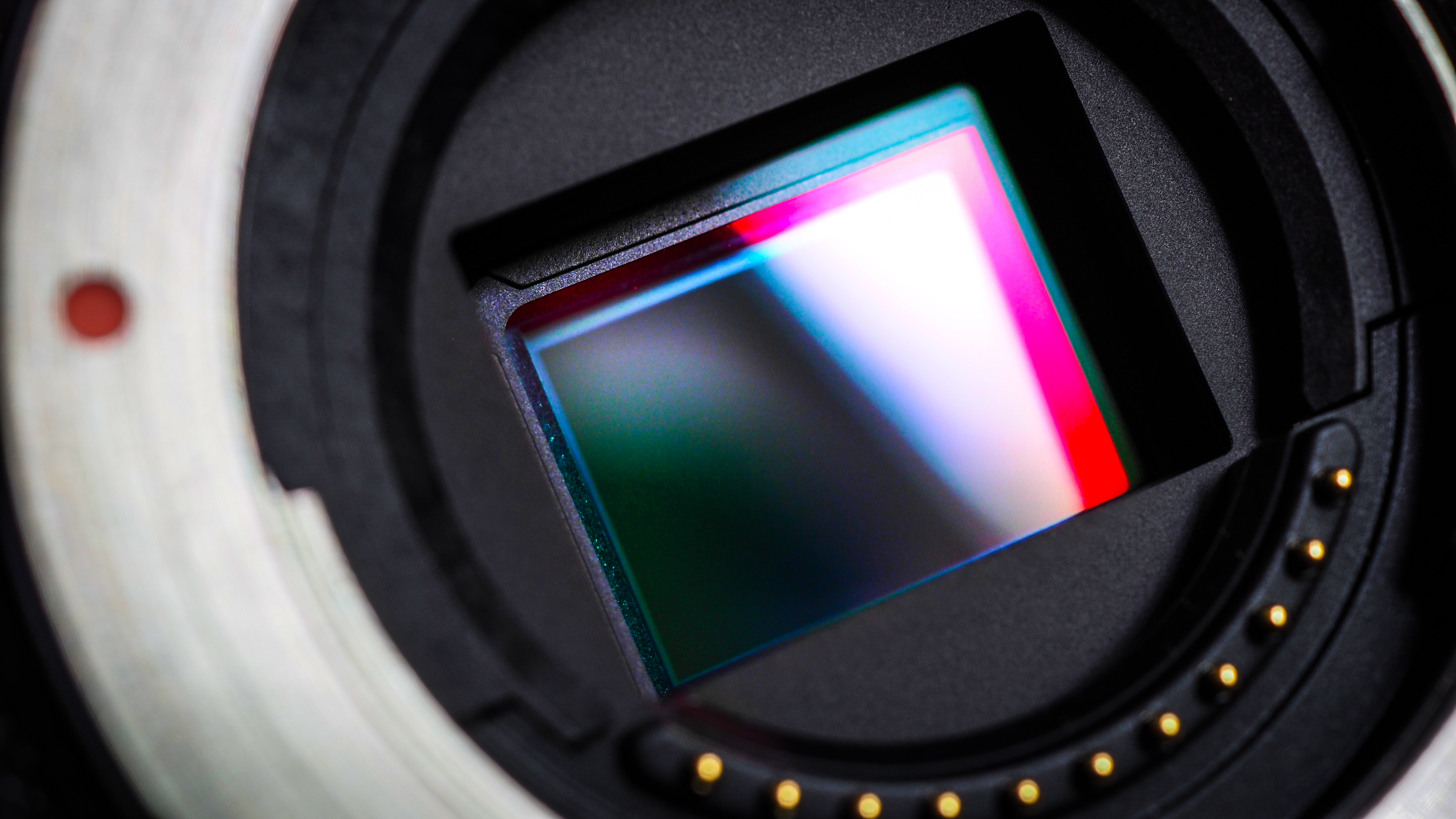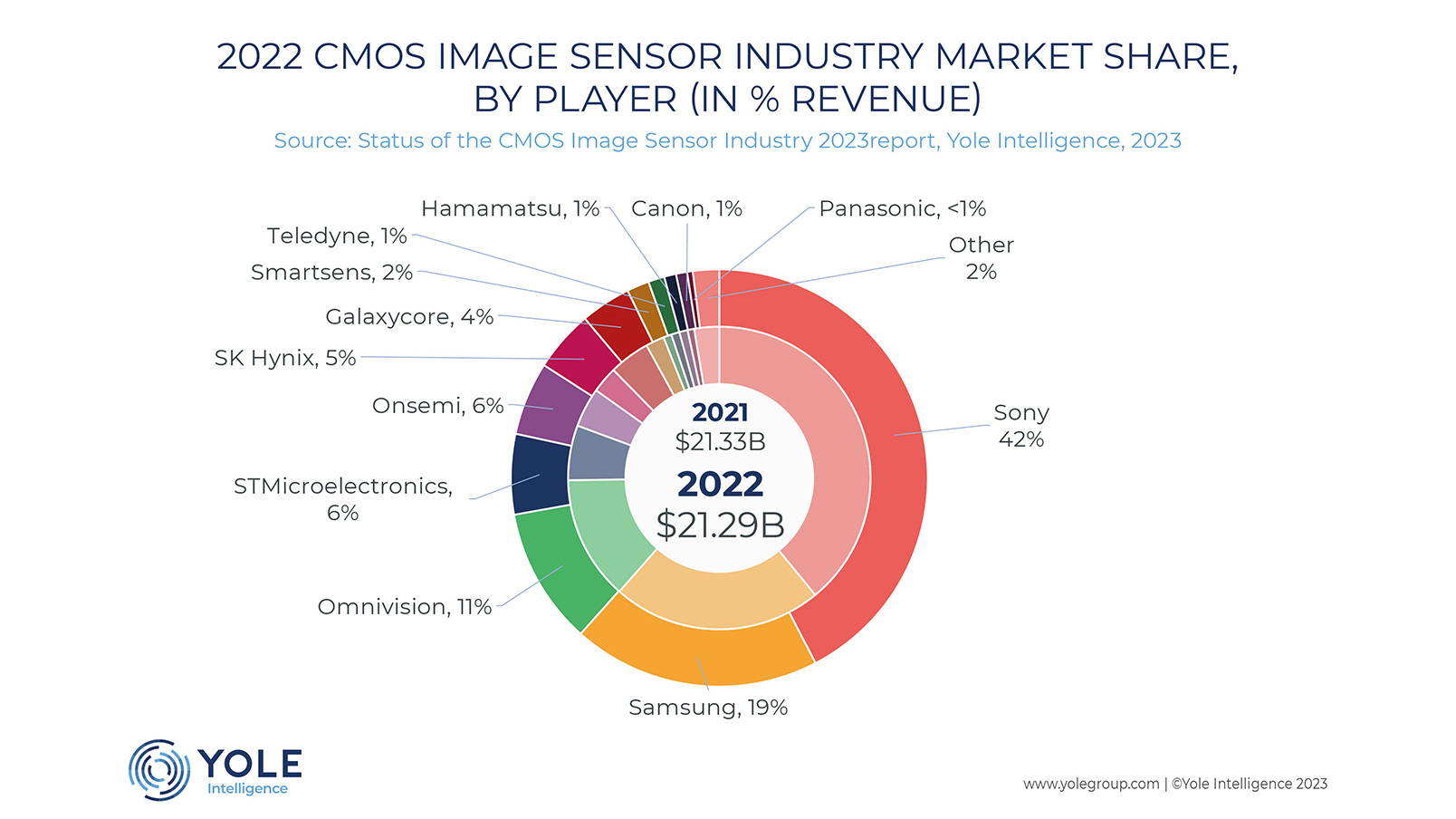
There's an image sensor inside every camera, phone and device that records stills or video – and Sony has a 42% chokehold on this market. Yet Canon, despite being the biggest camera manufacturer in the world, only has 1% of it.
What's more, the only other manufacturer that makes its own sensors, Panasonic has less than a 1% share of the market – which was valued at $21.29 billion (approximately £16.67 billion / AU$32.35 billion) in 2022.
So how does this work? Canon alone makes more cameras than Sony does, so how come Sony owns almost half the image sensor industry?
The answer is simple: as per the opening paragraph, any device that captures images possesses an image sensor. That means factory inspection machines, industrial calibration units, cars with parking systems… and the best camera phones.
All iPhones and Google Pixels, for example, use Sony sensors. As do rival camera manufacturers like Fujifilm, Nikon and OM System (Olympus).
An obvious exception is Samsung, which holds the second-largest share of the sensor market with 19%. And again, it's not just the best Samsung phones that use them; machines and devices from all industries employ these sensors, not just those in the photo and video sectors.
Still, this latest data (courtesy of Yole Group) is a stark reminder of just how far down the pecking order camera manufacturers – who arguably should be the best in the business at making sensors – really are.
Indeed, Canon sits in joint ninth place (along with Teledyne and Hamamatsu) while Panasonic is dead last in terms of share (not counting minor players that possess even more negligible percentiles).
Will this situation ever change? Maybe if someone like Apple takes its enormous slice of business elsewhere. Otherwise, Sony is going to be sitting pretty for a long time.

Since they're the only brands that make their own sensors, check out the best Sony cameras along with the best Canon cameras and the best Panasonic cameras to see how their performance differs.







